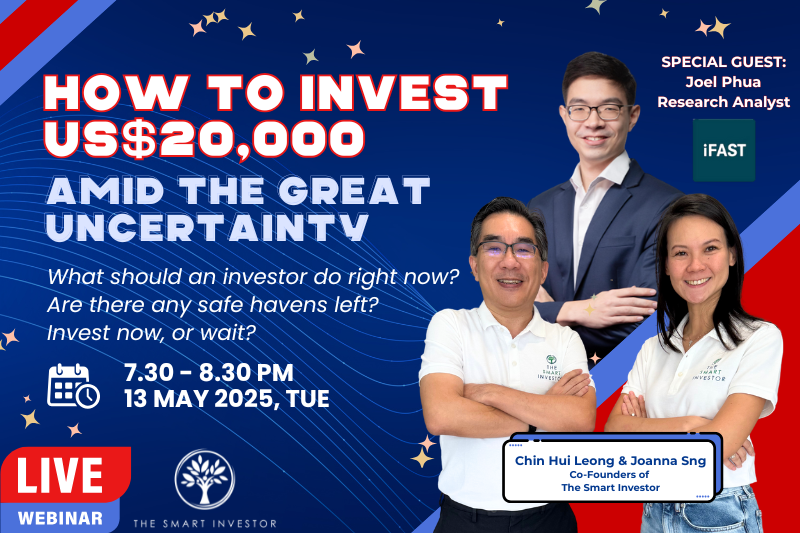My previous article discussed the management risks that an investor should look for.
Management risks represent one of six categories of major investment risks.
The other five categories include i) Industry and Competitive Moat ii) Political iii) Economic iv) Social and v) Legal/Regulatory.
Part two will now look into the risks relating to the industry and competitive moats surrounding a company.
Industry resilience
When considering an industry to invest in, you should find out how resilient the industry is to economic shocks and/or a sharp fall in demand for the product/service.
Industries that experience sharp rises and falls in demand can have a devastating effect on the companies within it as they would need to scramble to adjust their inventories accordingly.
If factories were built for a high level of demand but this does not come through, these plants have to be moth-balled and the company would incur costs without any revenues to show for it.
Industries with stable demand through business cycles tend to be ones where the products or services are seen as necessities – and these include (but are not limited to) healthcare, education and consumer staples such as food.
Raffles Medical Group (SGX: BSL), Overseas Education Limited (SGX: RQ1) and Old Chang Kee Ltd (SGX: 5ML) are examples of healthcare, education, and food stock, respectively.
Industry growth
A second important question to ask will be – is the industry growing or shrinking and at what pace?
The answer should be factored into your investment thesis.
An industry that is stagnant or shrinking will see incumbents fighting with one another for market share, resulting in price wars that ultimately benefit no one.
Industries growing too slowly may not generate sufficient sales for all players, leading to infighting as well.
Conversely, if an industry expanded too quickly, the products and services offered may become obsolete, or the players within may not locate sufficient customers to generate growth.
Barriers to entry
The next question relates to the barriers to entry for new entrants.
Are these barriers high and if so, why?
Ideally, you should look for high barriers to entry that keep out potential competitors and discourage them from entering.
Money is not a sufficient entry barrier as a player with enough cash or clout may tap on borrowings to take on the incumbent.
Customer relationships and track records are valuable as they also act as formidable entry barriers.
If a potential competitor recognised that significant resources, manpower and effort are required to challenge the established players, they may wisely stay away.
Presence of economic and competitive moat
You should try to discern if the company has an enduring competitive moat by observing its quantitative and qualitative characteristics.
Try to find out if the company in question has a higher or lower return on invested capital than its competitors.
Other aspects to dig up could be special qualities that endear customers to the company’s products or services.
By answering these questions honestly, you can establish if the business indeed has a durable competitive moat.
Once you confirm that it does, you can then conclude that it qualifies as an attractive investment candidate.
Stay tuned for part three where we look at the political risks surrounding an investment.
If you’re nervous, confused, or worried about buying your first stock, then our latest beginner’s guide to investing can help. It’s easy to read yet packed with valuable insights. Download it for free today, and buy your first stock in the next few hours. Click here to get started.
Follow us on Facebook and Telegram for the latest investing news and analyses!
Disclaimer: Royston Yang owns shares of Raffles Medical Group.





